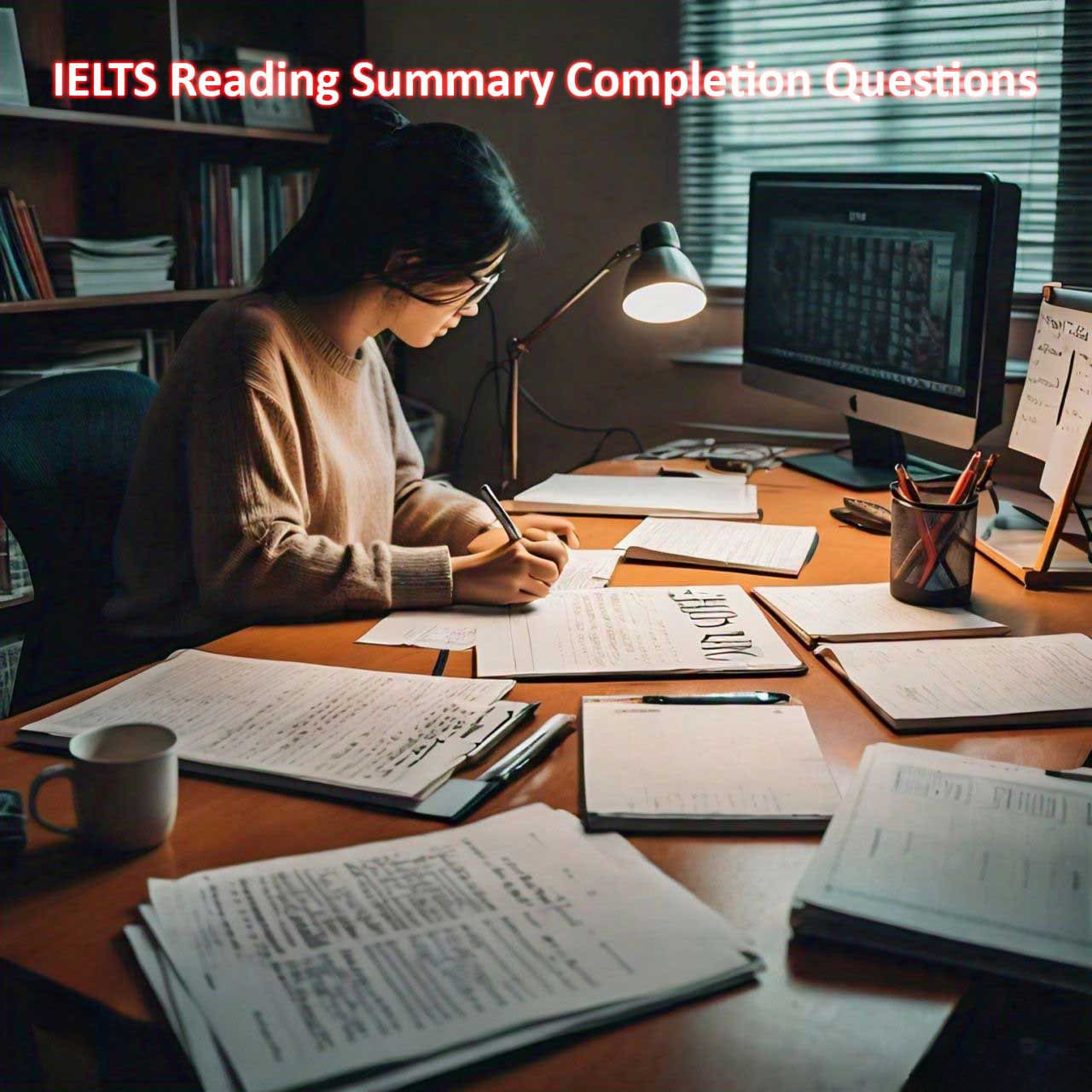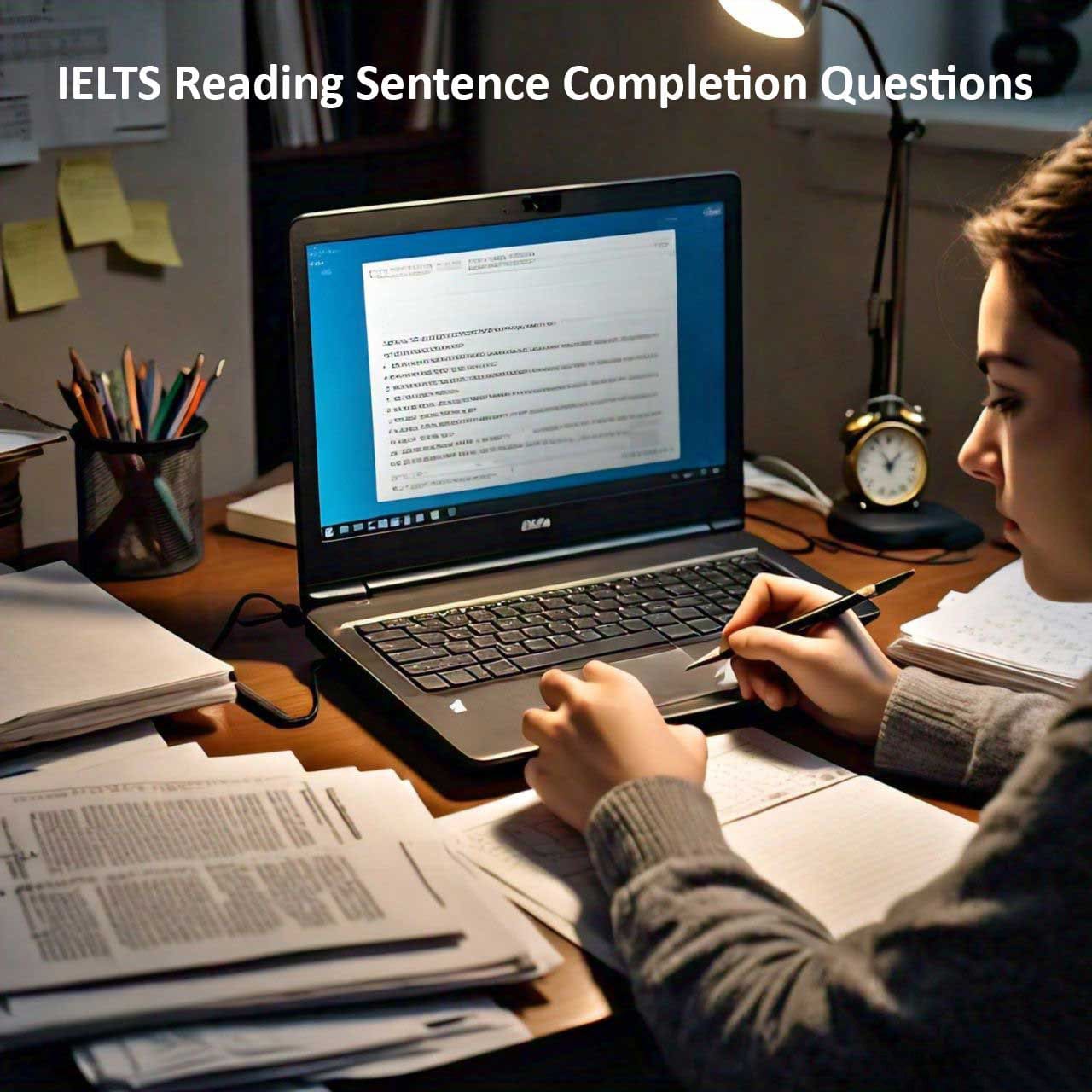The IELTS Reading test is a crucial part of the IELTS exam, designed to assess your reading skills, including your ability to understand and extract key information from written texts. One of the common question types you’ll encounter is the Summary Completion task. This blog post will guide you through the essential strategies and tips to excel in this section of the test.
Table of Contents
Understanding Summary Completion Tasks
Summary Completion tasks require you to fill in the blanks in a summary of a section of the text, using words from the passage or a list provided. This task tests your ability to understand the main ideas and key details in the text and summarize them accurately.
Key Strategies for Summary Completion
1. Read the Instructions Carefully
Before diving into the text, read the instructions for the Summary Completion task. Pay attention to word limits and whether you need to use words from the text or a provided list. Instructions may specify using no more than three words, so it’s crucial to adhere to these guidelines to avoid losing marks.
2. Skim the Text for General Understanding
Begin by skimming the passage to get a general sense of its structure and main ideas. This initial read-through will help you understand the context of the summary and where to find relevant information.
3. Analyze the Summary
Carefully read the summary provided in the question. Identify keywords and phrases that give you clues about what information you need to fill in the blanks. Look for synonyms and paraphrased versions of words in the text that match the blanks in the summary.
4. Locate Relevant Sections in the Text
Using the keywords from the summary, scan the text to locate the relevant sections. The answers are usually in the same order as the questions, so you can follow the progression of the text to find the information needed.
5. Pay Attention to Grammar and Context
When filling in the blanks, ensure that the words you choose fit grammatically and contextually into the summary. The completed sentence should make sense and be grammatically correct.
6. Use Synonyms and Paraphrasing
The IELTS Reading test often involves recognizing synonyms and paraphrased ideas. Practice identifying these in various texts to improve your ability to match the summary with the relevant part of the text.
Common Challenges and How to Overcome Them
Identifying the Right Information
One of the main challenges is identifying the correct information in the passage. To overcome this, practice active reading and focus on understanding the main ideas and supporting details in each paragraph.
Managing Time
Time management is crucial in the IELTS Reading test. Allocate a specific amount of time for each section and stick to it. If you’re struggling with a particular summary completion task, move on and return to it later if you have time.
Dealing with Unknown Vocabulary
Encountering unfamiliar words can be daunting. Improve your vocabulary by reading a variety of texts regularly. During the test, use context clues to infer the meanings of unknown words and how they might fit into the summary.
Practical Practice Exercise
To apply these strategies, try this exercise:
1. Choose a reading passage from a practice IELTS test.
2. Skim the passage to understand the main ideas.
3. Read the summary completion task and identify keywords.
4. Scan the passage to find the relevant information.
5. Fill in the blanks with appropriate words from the text.
6. Check your answers to ensure they fit grammatically and contextually.
Conclusion
Mastering the Summary Completion task in the IELTS Reading test requires a combination of effective reading strategies, attention to detail, and regular practice. By following the tips outlined in this blog post, you can enhance your ability to understand and summarize key information from texts, significantly improving your chances of achieving a high score in the IELTS Reading test. Remember, consistent practice is the key to success. Good luck with your preparation!



